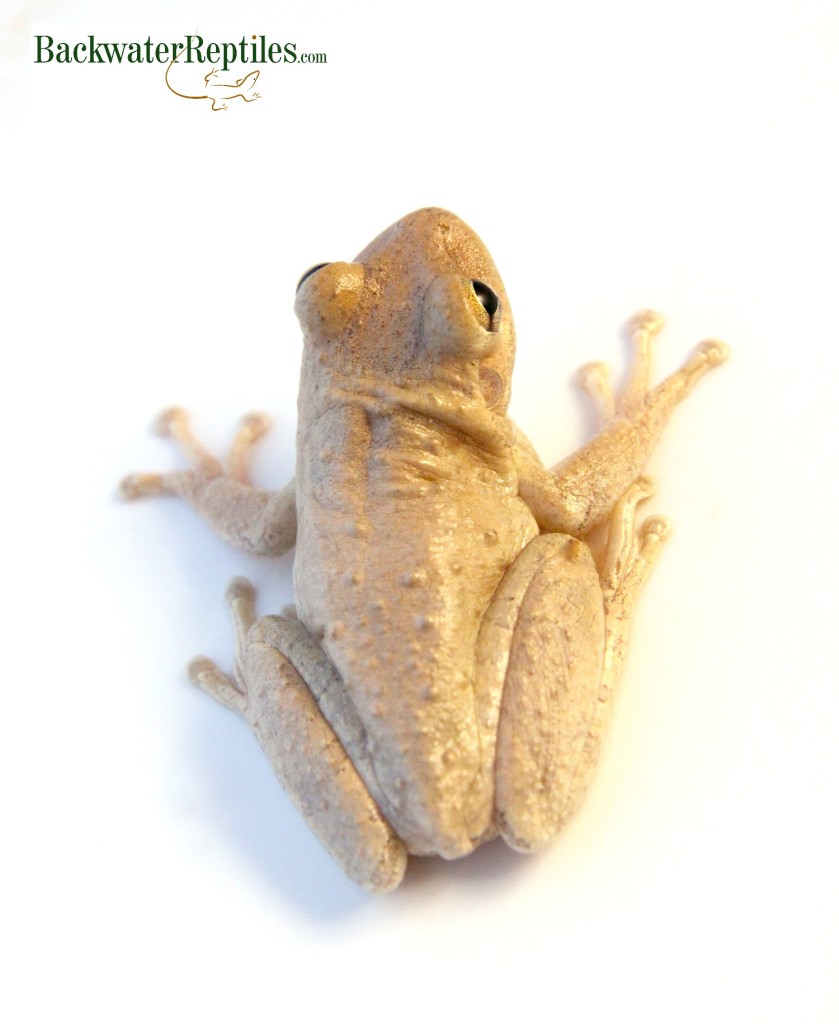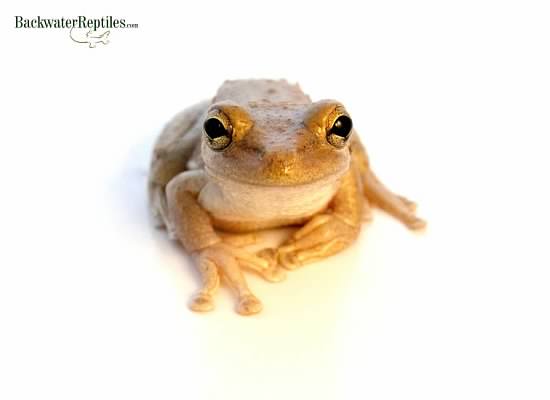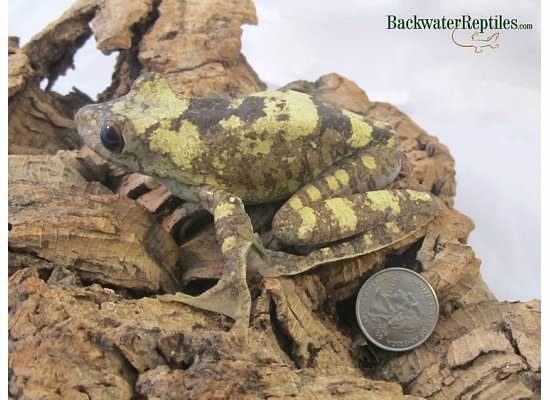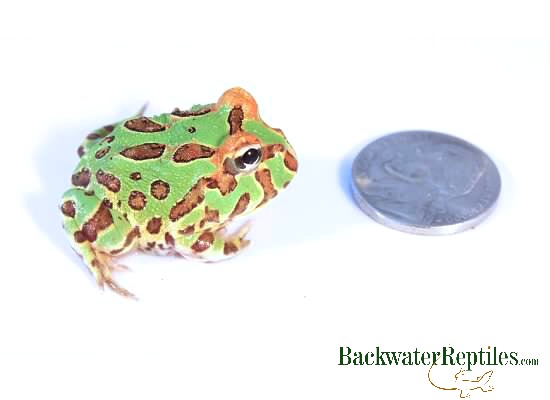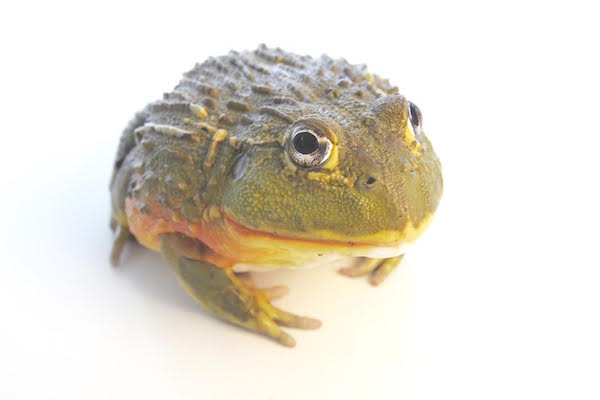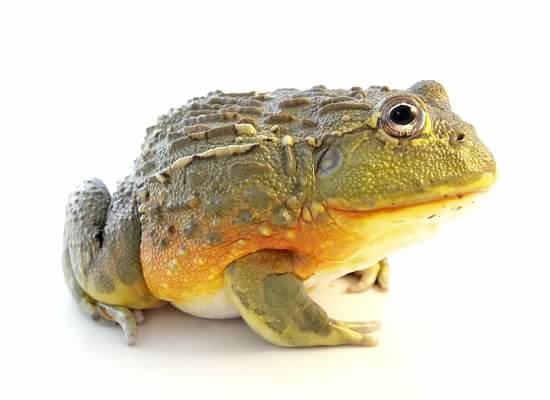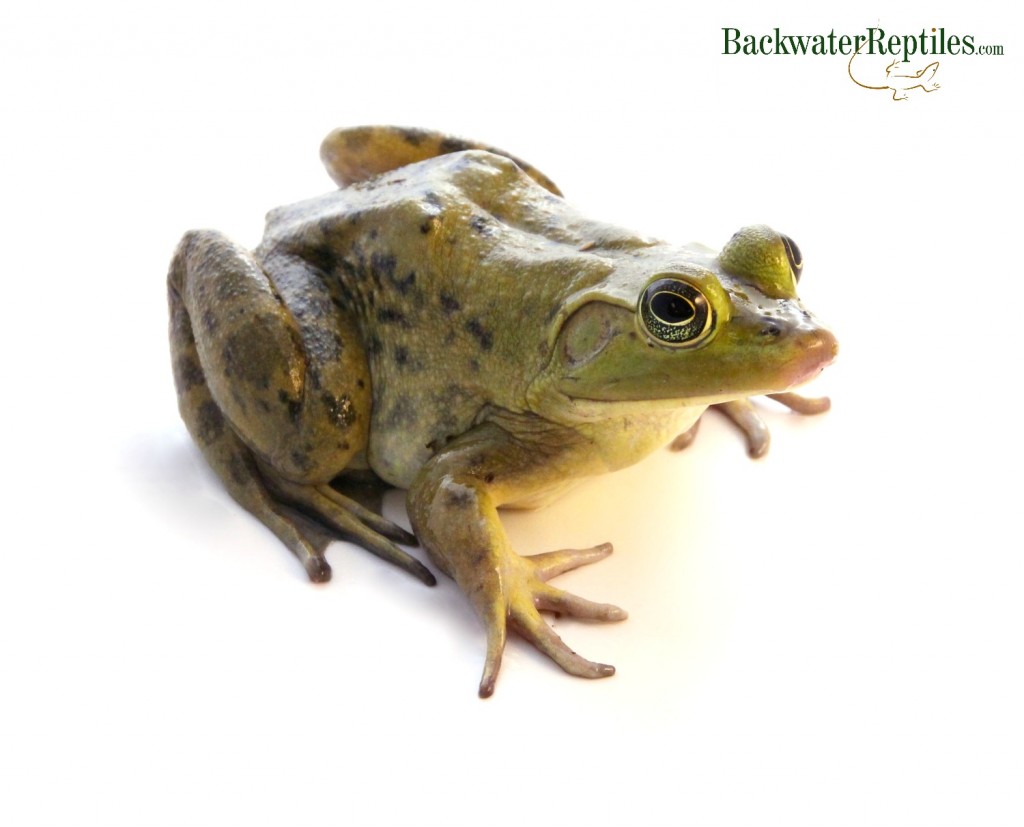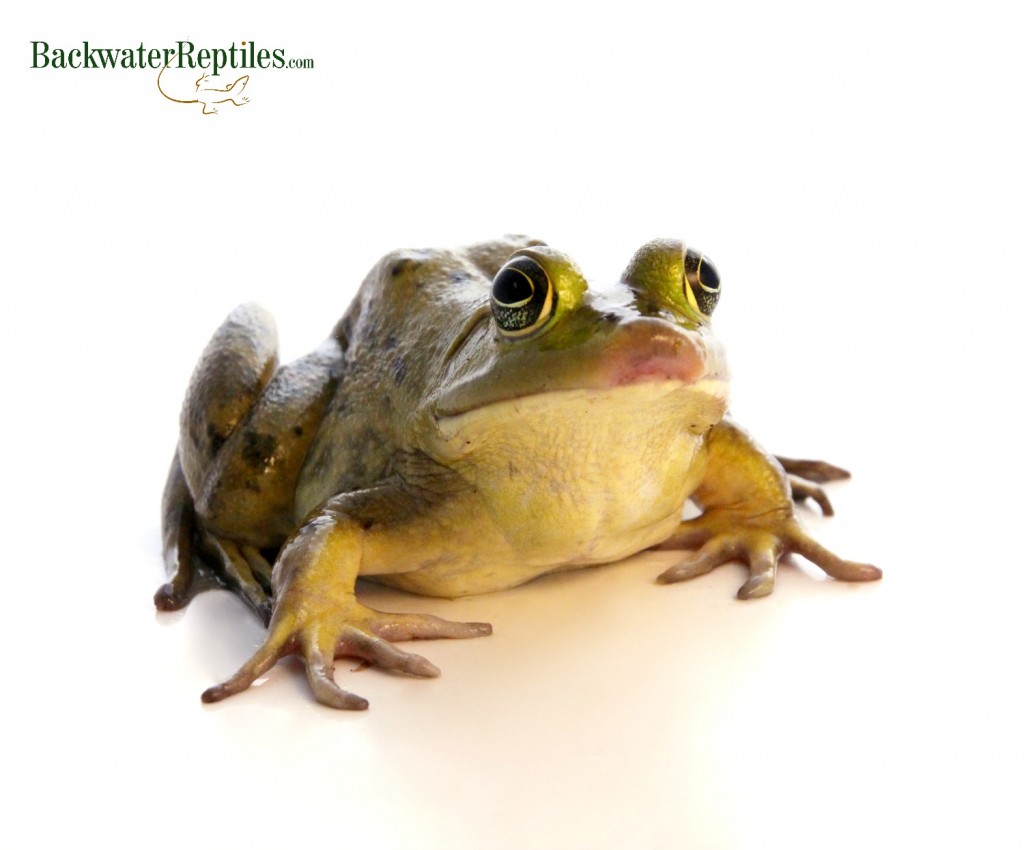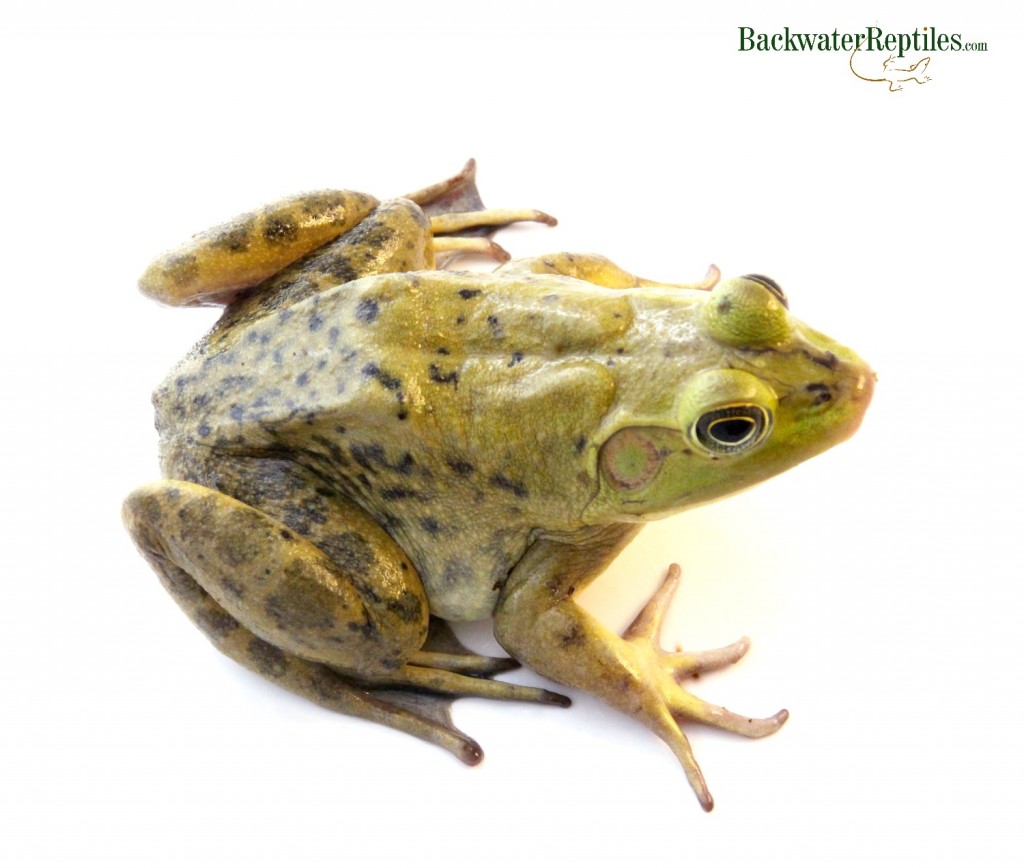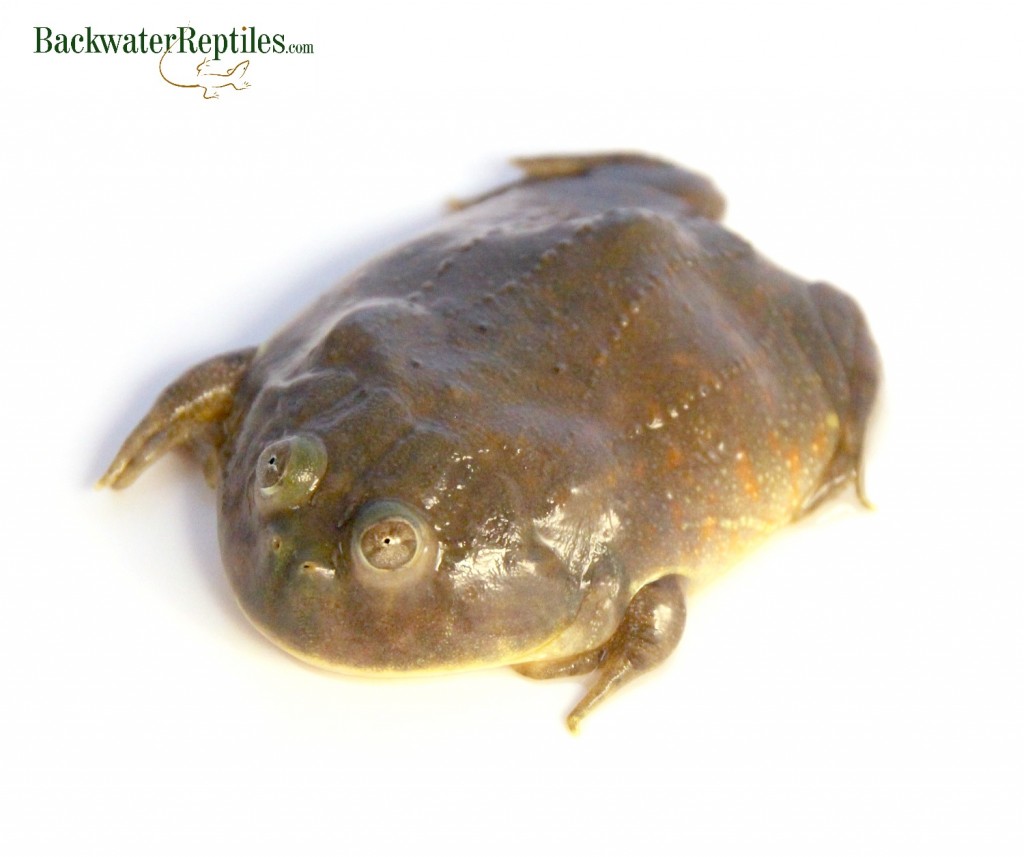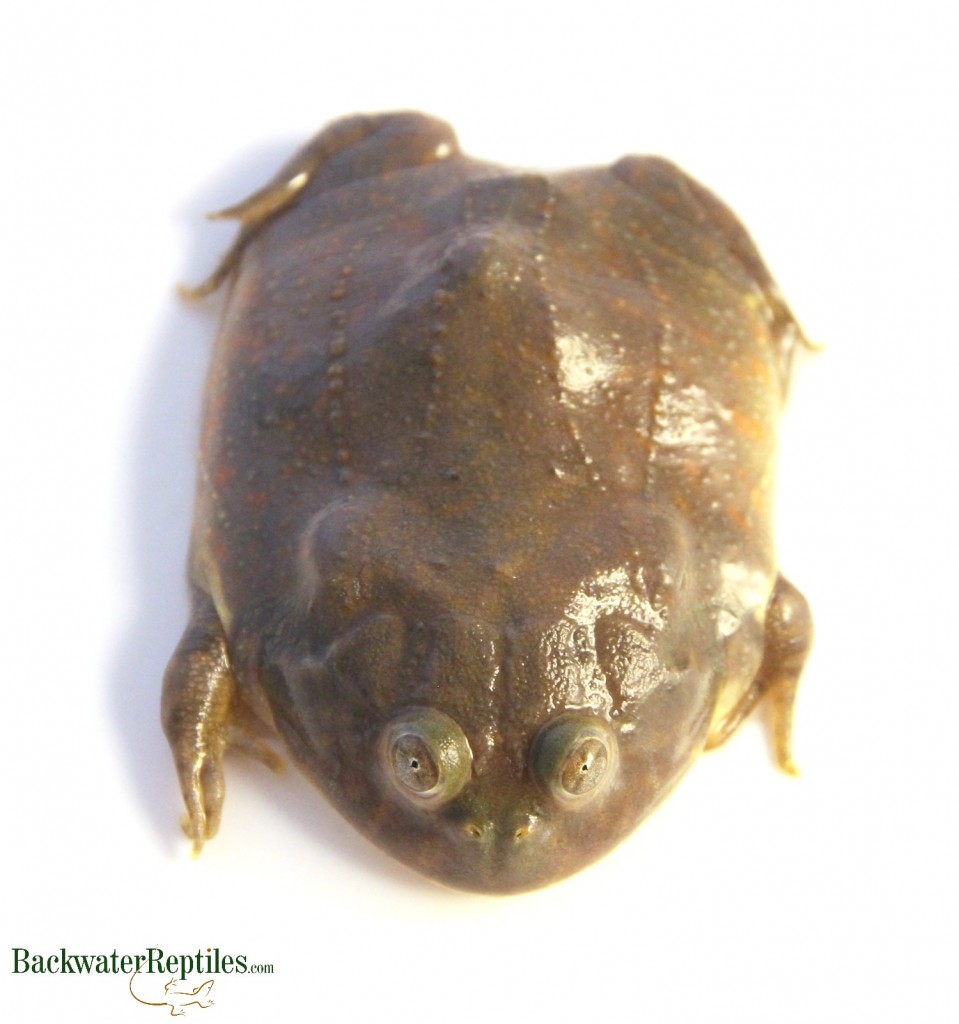Frogs are fun, entertaining, cute, and overall extremely rewarding amphibians that make great pets. However, if you’re new to the reptile and amphibian hobbyist world, we recommend starting out with a species that is easy to care for, at least until you get used to your pet frog and fully understand meeting its needs.
Below you will find our list of the four best pet frogs for beginners. We chose these species for a variety of reasons, but mainly for their great track record as pets in captivity.
Budgetts Frog AKA Freddy Krueger Frog (Lepidobatrachus laevis)
Budgetts frogs are also commonly known by the nickname “Freddy Krueger frog” because they have unusually long fingers and can emit what is best described as a scream when stressed or provoked. However, we want you to know that this nickname shouldn’t intimidate you. Budgetts frogs are overall very calm, lazy, squishy frogs and they’d much rather be left to their own devices than scream at you.

Due to their highly aquatic nature, keeping a Budgetts frog is a lot like keeping a fish. This frog species will rarely emerge from water and is overall fairly secretive. We’d say that Budgetts are great pets for people who enjoy watching their pet frog and don’t plan on handling it or taking it out to play with. Budgetts are solidly built, but very awkward and blob-like on solid ground, so we recommend removing them from their enclosure only when necessary.
If you think a jelly-like Budgetts frog is for you, Backwater Reptiles has them for sale.
White’s Tree Frog (Litoria caerulea)
White’s Tree Frogs, which are also commonly referred to as “Dumpy Frogs” due to their pudgy, wrinkled, and somewhat sleepy appearance, are very docile pet frogs.
Originating from Australia, Dumpies can be green or blueish in color. Some also have white spots. But all of them tend to be calm frogs that don’t mind being handled.
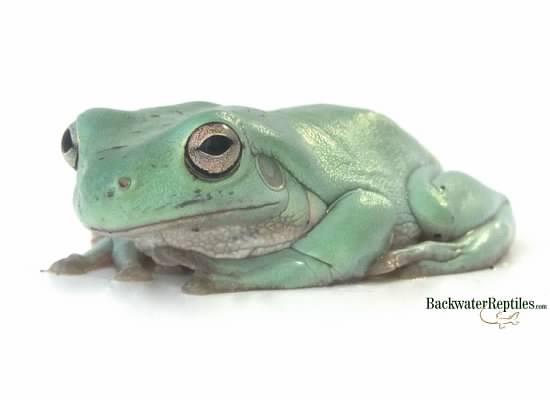
Your dumpy frog shouldn’t grow larger than five inches long and can live anywhere from seven to twenty years! Frogs of a similar size can also be housed together as dumpy frogs are generally friendly toward one another.
A large part of the reason we’ve included White’s tree frog on our list is because they are very forgiving when it comes to their conditions in captivity. They don’t require much in terms of cage decor, but keep in mind that they are tree frogs, so be sure to provide them something to climb on and cling to. They also thrive in temperatures around 80 degrees, which means all they need in terms of heat is a small light or heat pad. They’re also not known to be picky eaters, so feeding time should never be a hassle as they’ll consume everything from crickets to roaches.
Interested in a pet Dumpy frog? We have blue-phase White’s tree frogs and normal White’s tree frogs for sale on our website.
Bullfrog (Rana catesbeiana)
We recommend bullfrogs as pets if you want to keep your frogs outdoors in a pond-like environment. Not only are bullfrogs very common North American frogs, but they are extremely adaptable and can thrive in an outdoor set up with little to no management.
Bullfrogs will do equally well indoors too, provided you give them a large enough enclosure. Most people tend to keep multiple frogs, so if this is the case, we recommend at least a 55 gallon tank. However, for a single frog, a 20 gallon will do just fine. Your bullfrog’s home will need to be set up for both aquatic and terrestrial living, which means a pond or swimming area coupled with a dry land area where the frog can emerge if it so chooses.

Bullfrogs also have hearty appetites and will grow quite large if you let them. We feed ours a staple diet of crickets and mealworms, but they’re also fond of night crawlers, roaches, and reptiworms.
If you’re ready to start your own backyard frog pond, head to our website to purchase some healthy bullfrogs of your own.
Pixie Frog (Pyxicephalus adspersus)
The Pixie frog or Giant African Bullfrog tops our list of best pet frogs for beginners because it is one hefty beast of a frog. These gigantic frogs might start out tiny (think around the size of a quarter), but they are ravenous eaters and can attain weights of up to two pounds!

Pixies tend to adapt to human interaction and handling relatively well. We’ve even heard that you can teach your Pixie to eat from your hand, although we recommend proceeding with caution if you attempt this feat because pixies can pack a punch when it comes to eating.
Of all the frog species on this list, Pixies are probably the most entertaining. Meal time for a pet Pixie is just fascinating and watching these piggy little frogs eat never gets old. Pixies will virtually never refuse food, so be prepared to watch your Pixie’s diet as they can and will get fat if you let them.
Want your own beastie Pixie frog? Backwater Reptiles sells captive bred babies ranging in size from two inches up.
Conclusion
We think that frogs make awesome pets and if you’re just venturing into the world of herpetoculture, we recommend starting with one of the frogs on this list.
Are you more of an experienced herper? Backwater Reptiles has all sorts of pet frogs for sale on our website.


